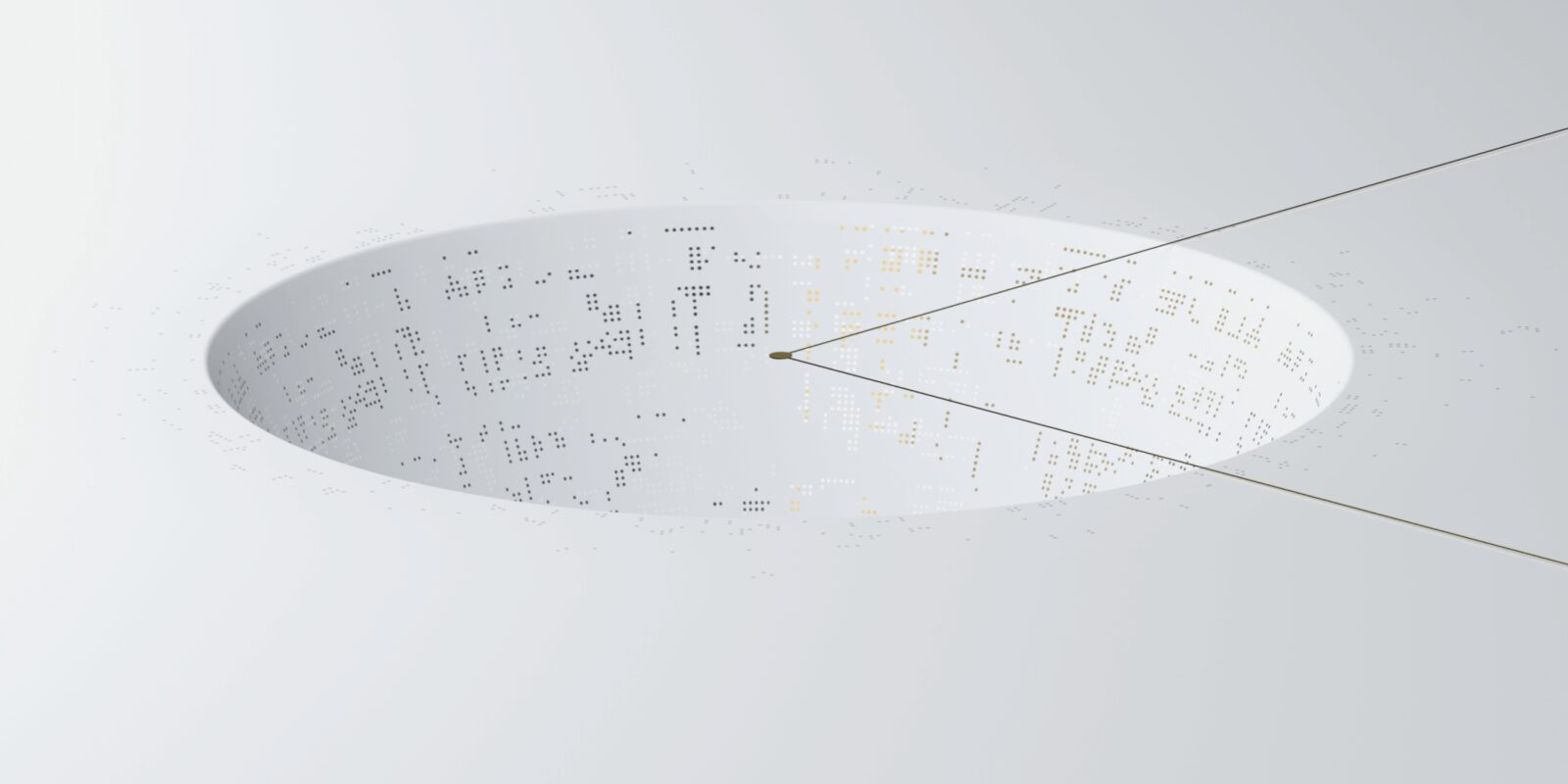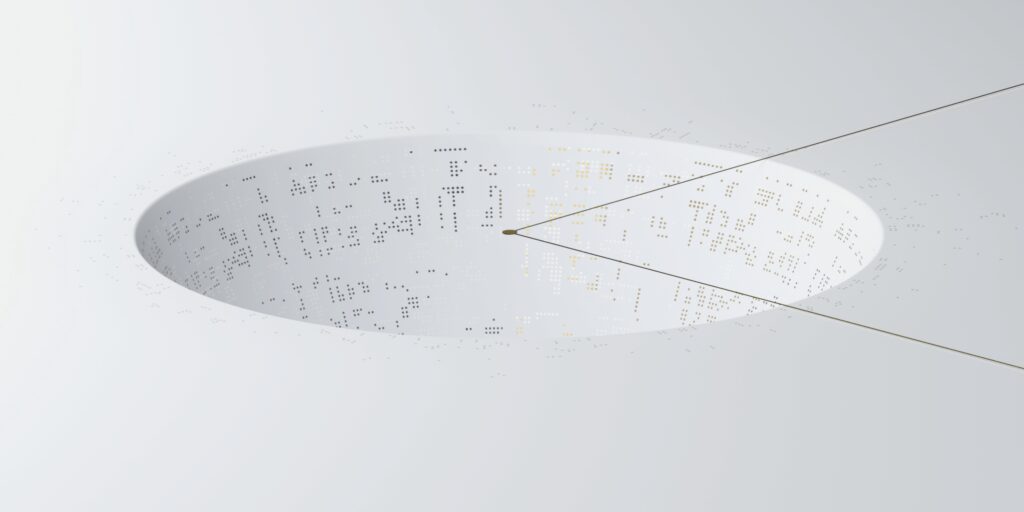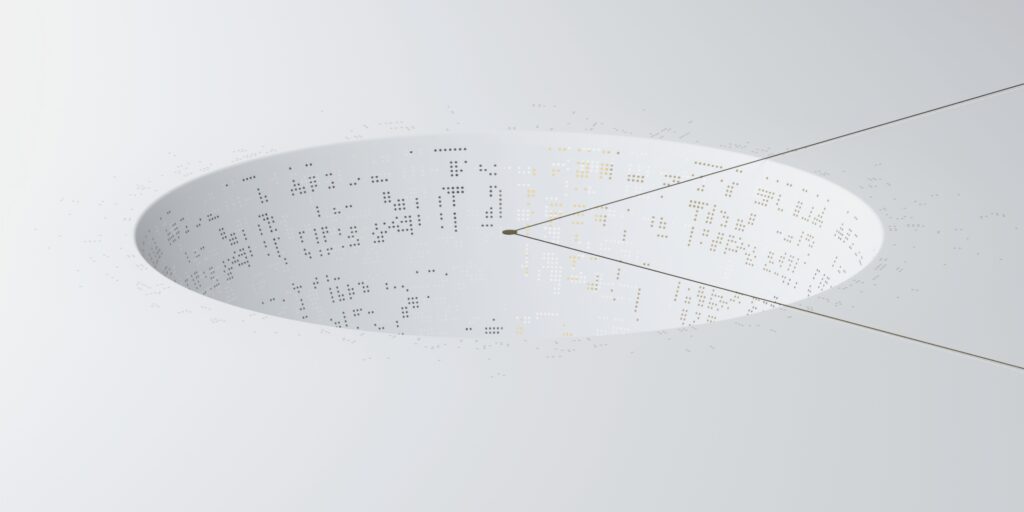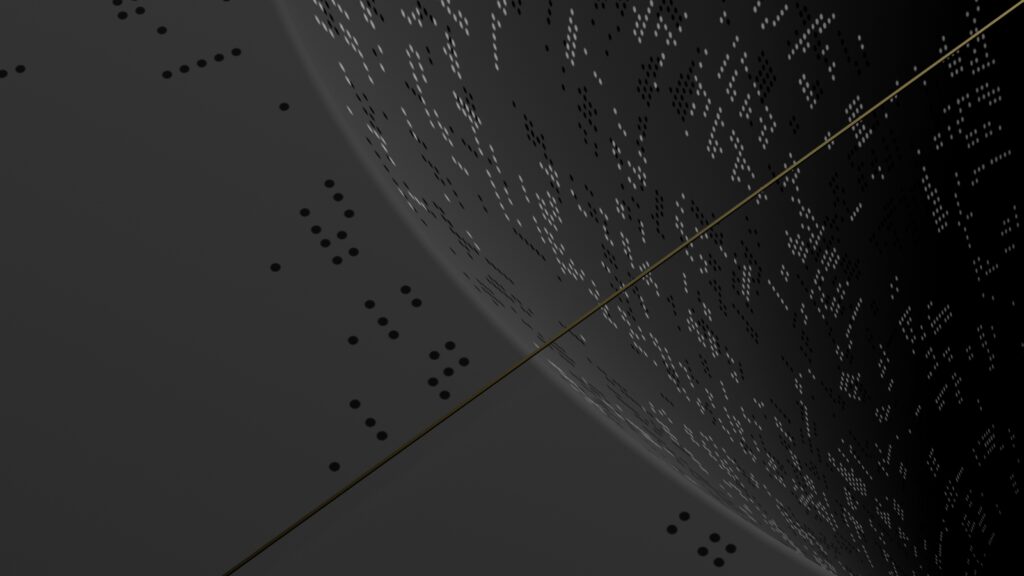Lessons from Public Media for the Post-Third-Party Cookie Future
Whether you call it subscription or sponsorship, public media outlets have long leveraged their content with the goodwill of their audiences. Consider the membership drives that NPR and PBS stations routinely host—the generosity of the masses has sustained public journalism efforts for decades, a fact that has puzzled economists and (thus far) proved nearly impossible to replicate in for-profit media organizations. See what executives from these stations had to say in our recently released whitepaper with Ad Age on How to win the post-third-party future below.
The most likely secret to public media’s success is familiar to all marketers: Brand loyalty is everything.
“People want to be associated with public media,” says Andrew Kuklewicz, chief technology officer at PRX, a leading creator and distributor of audio productions. “How they identify with our hosts and our brands—that association becomes the value.”
So, what can ad-supported publishers learn from public media’s years of experience?
The audience comes first
Will a paid banner ad be more fruitful—both in the short- and long-term—than a call to action? “What is the eventual lifetime value of doing those things?” Kuklewicz asks before making these decisions. “Am I turning someone off with a bad ad, or am I inviting them to be part of our brand?”
When companies or brands begin viewing their audiences this way, the perspective shifts. Not only do the consumers—both individually and as a collective—become the central focus, but they begin to take precedence over advertiser demands. Theoretically, this mutual trust will build brand loyalty and longevity.
There’s strength in the collective
While some publishers already have a self-contained network of sorts (including mega-publishers like Hearst, Dotdash, or The New York Times, which has more than 60 newsletters in addition to all of their print and digital offerings), smaller organizations should consider partnering with compatible non-competitors and sharing second-party data. Tina Cassidy, the chief marketing officer at GBH, explains that the public station created a Contributor Developer Partnership, or CDP—not to be confused with customer data platforms—based on the first-party data that they regularly collect when moving consumers through their membership funnel.
“CDP became a platform that could scale across all of public media to help tiny local stations, even in rural areas, and fundraise at scale and without extra expense,” she says. This ability to solve a problem on a small scale and then push it out to partners is the kind of open-source cooperation that can keep publishers ahead of the data deprecation game.






